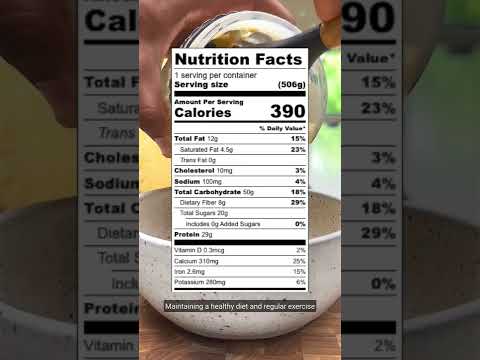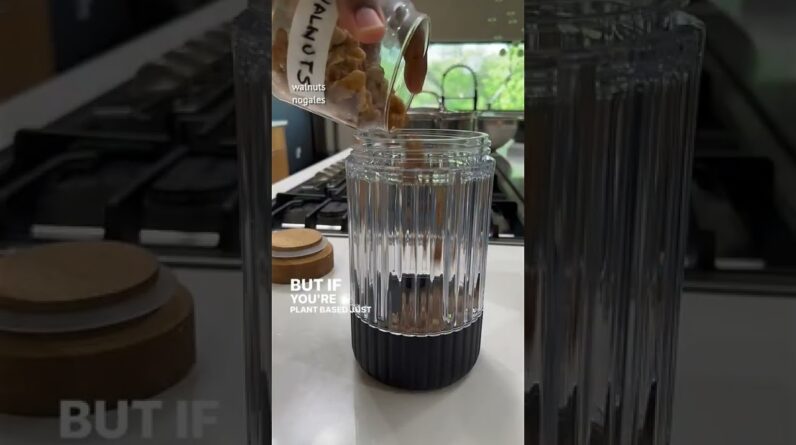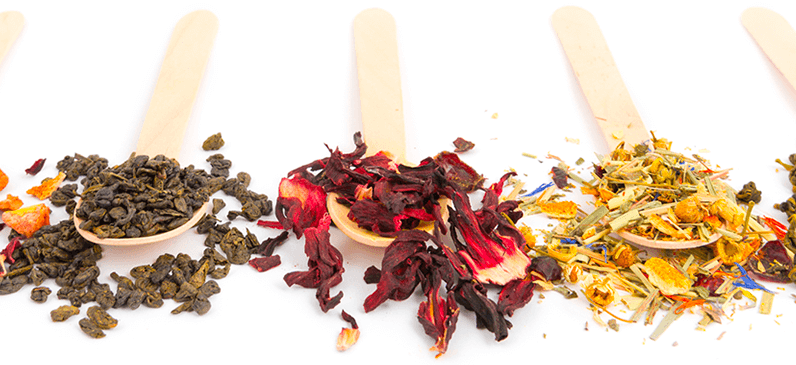
What Food is Healthy to Eat?
One of the most important tips to follow when aiming for a good Healthy Eating plan is to reduce salt. Especially in cooking, you should use herbs and spices instead of salt. Try to use smaller plates and stop cleaning your plate when full. Portion sizes differ according to age, gender and activity level. Make sure to pack healthy snacks for children when going out for a party. It is also a good idea to reflect on your eating habits and identify triggers.
Then, you start looking for recipes and bookmarking them. You even buy a pressure cooker to make healthy meals. But you’re slammed with work, take care of sick family members, and run around all day. You can’t stop thinking of healthy meals and you just give in. This is why you need to make some simple changes. Your body and soul will thank you! If you want to achieve a good Healthy Eating Plan, consider reading this article first!
Instead of replacing the unhealthy fats in your diet with healthy ones, try to replace them with healthy fats. A few healthy fats can help you replace the bad trans fats in your diet. You may feel tempted to swap refined carbohydrates for animal fats, but this will not lower your risk of heart disease or improve your mood. Moreover, it is important to keep in mind that manufacturers often hide unhealthy fats and sugars in packaged food.
Another key factor to healthy eating is to eat more vegetables and fruits. Vegetables and fruits provide essential nutrients, but the calories that they contain are often increased by fat content. So, choose vegetables and fruits and eat them regularly. You can also choose low-fat or whole-fat milk and enjoy the same amount of nutrients. This is also an important point to consider when you are eating out. Eat more fruits and vegetables, and you’ll feel satisfied!

Healthy Eating Tips
Lastly, when you’re out for dinner, opt for a starter rather than an entree. Split your meal with a friend, and avoid supersize dishes. Portion sizes can also be measured visually. For example, one serving of meat is roughly the size of a deck of cards, a serving of fish – the size of a traditional light bulb. In addition, serving food on smaller plates can trick the brain into thinking you’ve eaten a larger portion than you actually did. For example, if you’ve had trouble feeling full after a meal, try adding some leafy greens and some fruit.
When choosing food, look for products with a lower sodium content. Avoid sugar-sweetened products, as these may increase the risk of developing diabetes. Likewise, limit sweets and salty condiments. Also, you can prepare healthy meals for the week in advance and pack your lunches. Also, avoid eating out frequently and instead choose grilled or baked options. Choose water instead of sodas and try to read food labels to choose items with lower sodium content.
In addition to fresh fruit and vegetables, try to include more vegetables. For example, vegetables are very versatile and can be incorporated into many dishes. Try to add herbs, such as rosemary, or marinate them in citrus. Another healthy option is to eat three servings of low-fat dairy. When purchasing canned vegetables, check if they’ve been added sugar or butter. Lastly, try a new vegetable each week. And try substituting one of your regular desserts with fat-free yogurt or low-fat cheese.
If you’re interested in a plant-based diet, try adding more fruits and vegetables into your daily meals. Many studies have shown that eating a plant-based diet can help offset many health problems. A good rule of thumb is to eat seventy percent of your plate with a variety of fruits, vegetables, nuts, and whole grains. You shouldn’t eat the entire plate of fruits and vegetables, but adding a few is an easy way to increase their content.
To ensure that you’re eating enough fruits and vegetables each day, start by implementing the MyPlate Plan. It is a good way to keep track of what you’re eating and how much of each you need to eat. Try to include two different vegetables with every main meal and snack. If you don’t like fruits, try to replace them with vegetables or vegetable salad. You’ll have plenty of healthy options at your fingertips.







